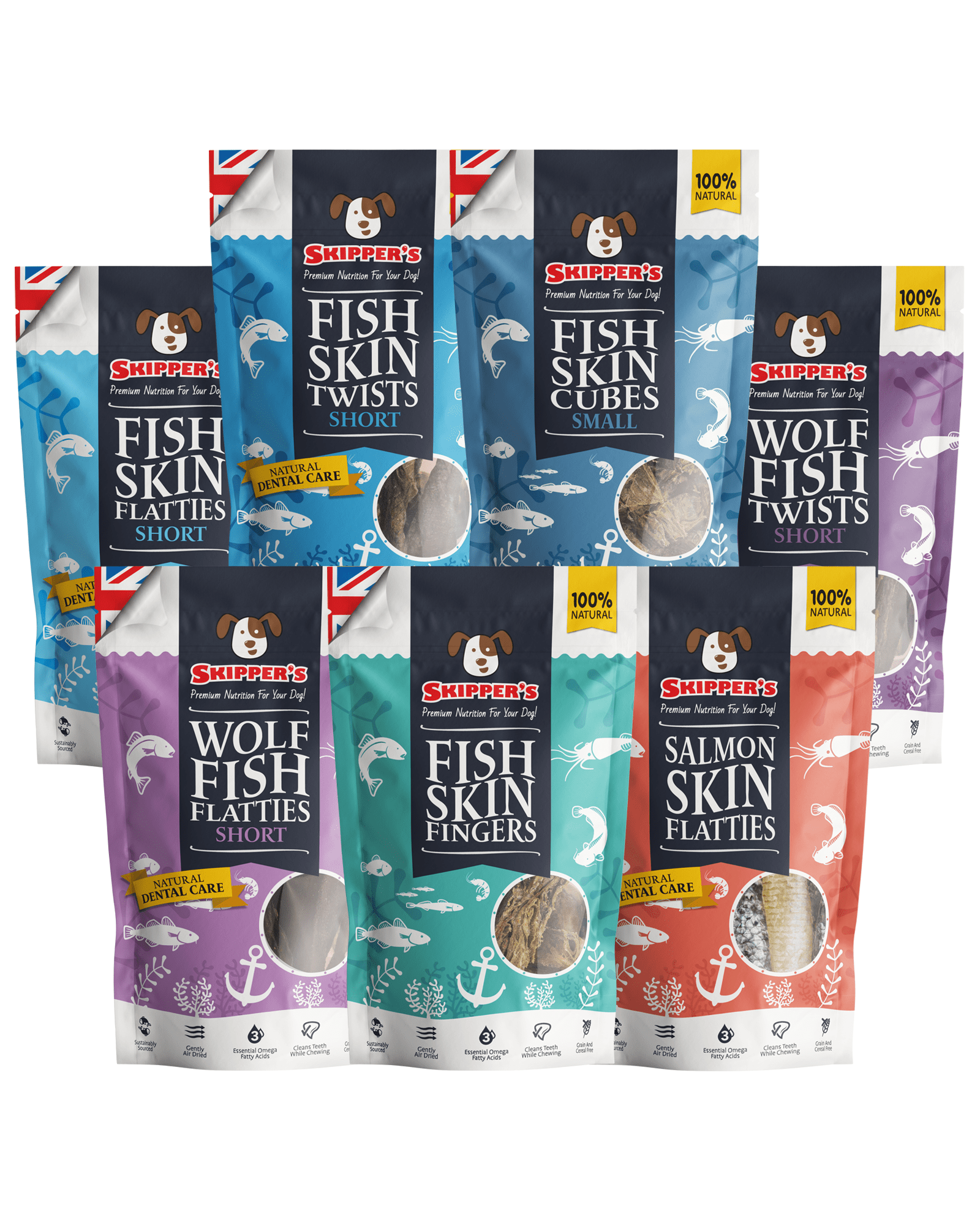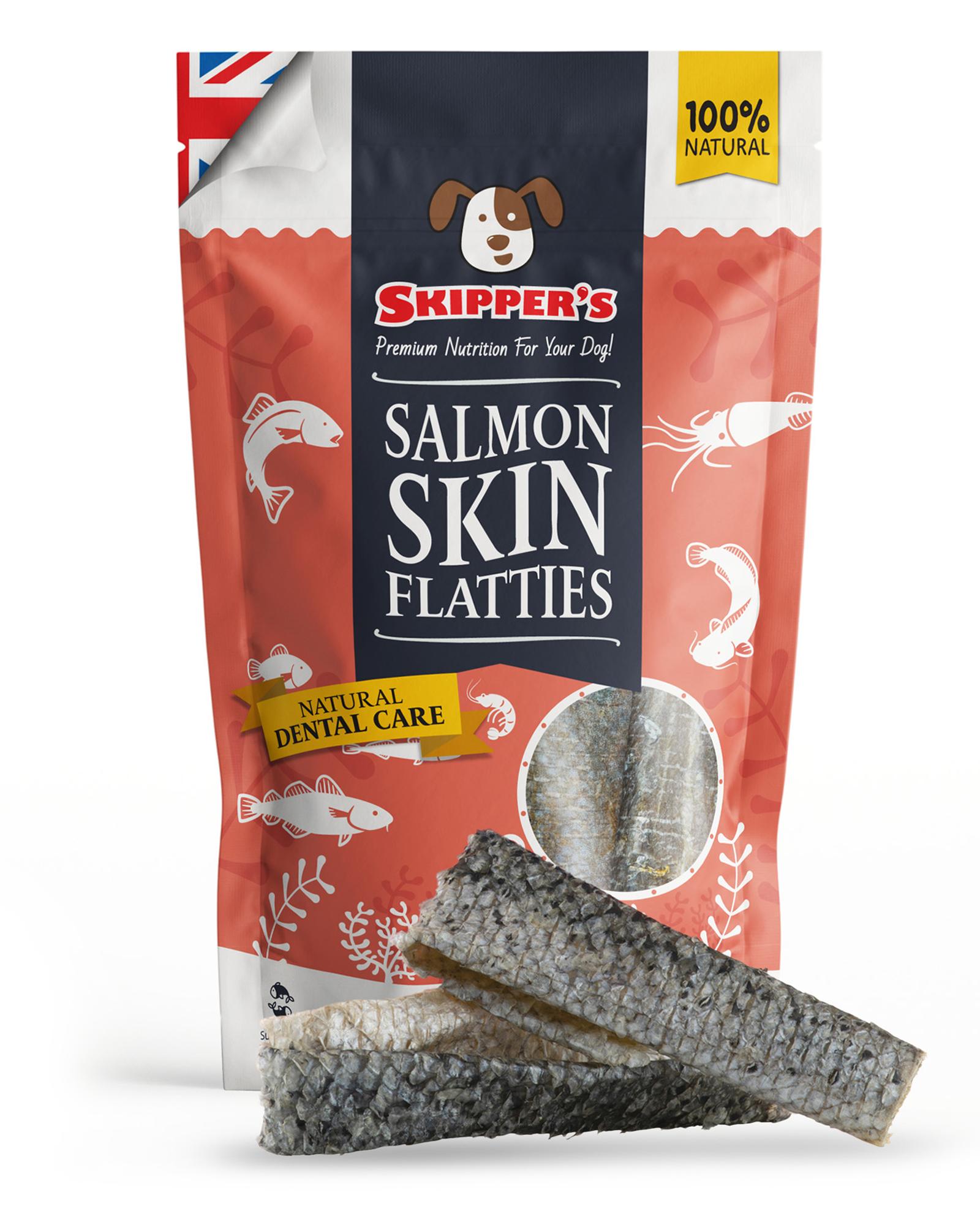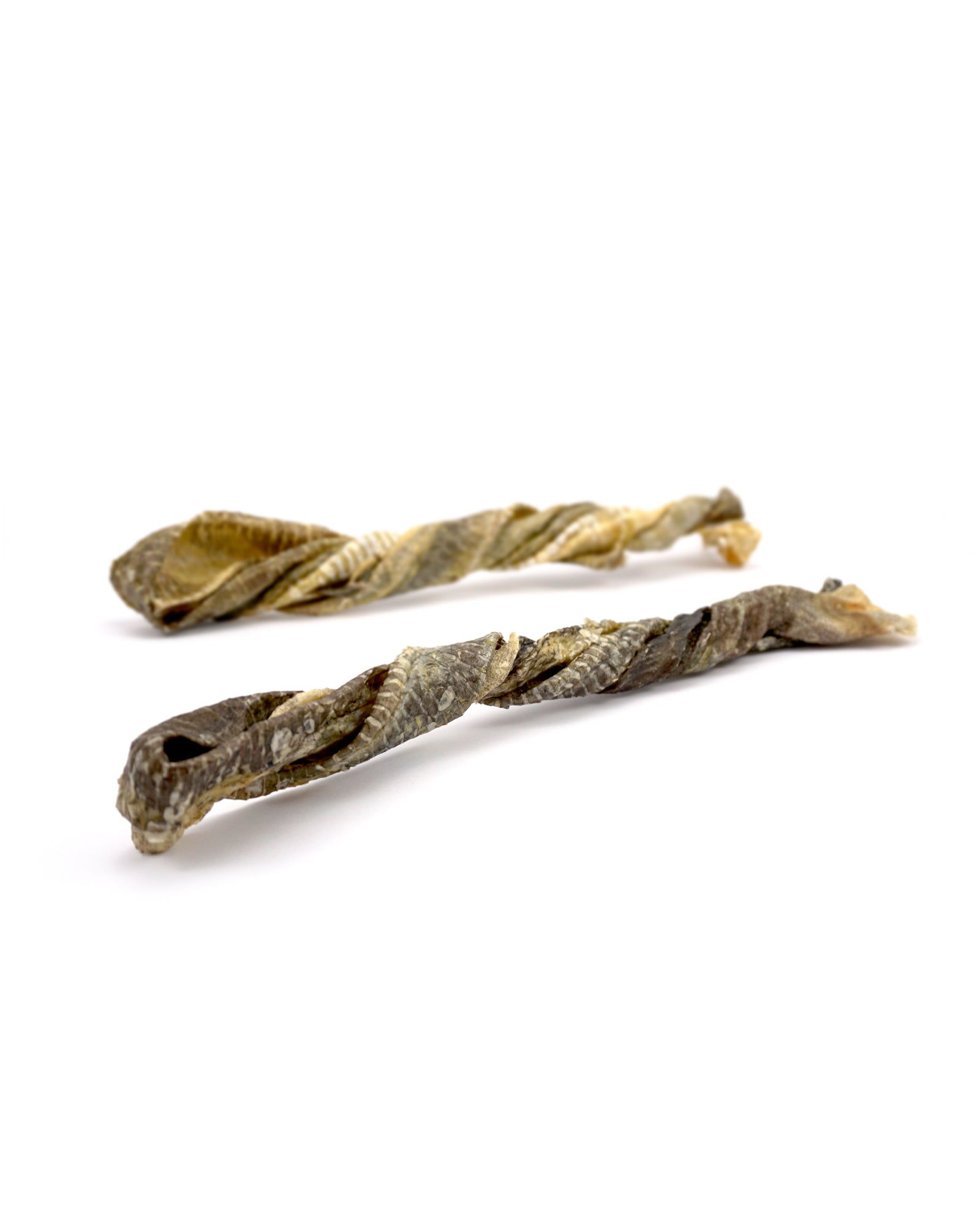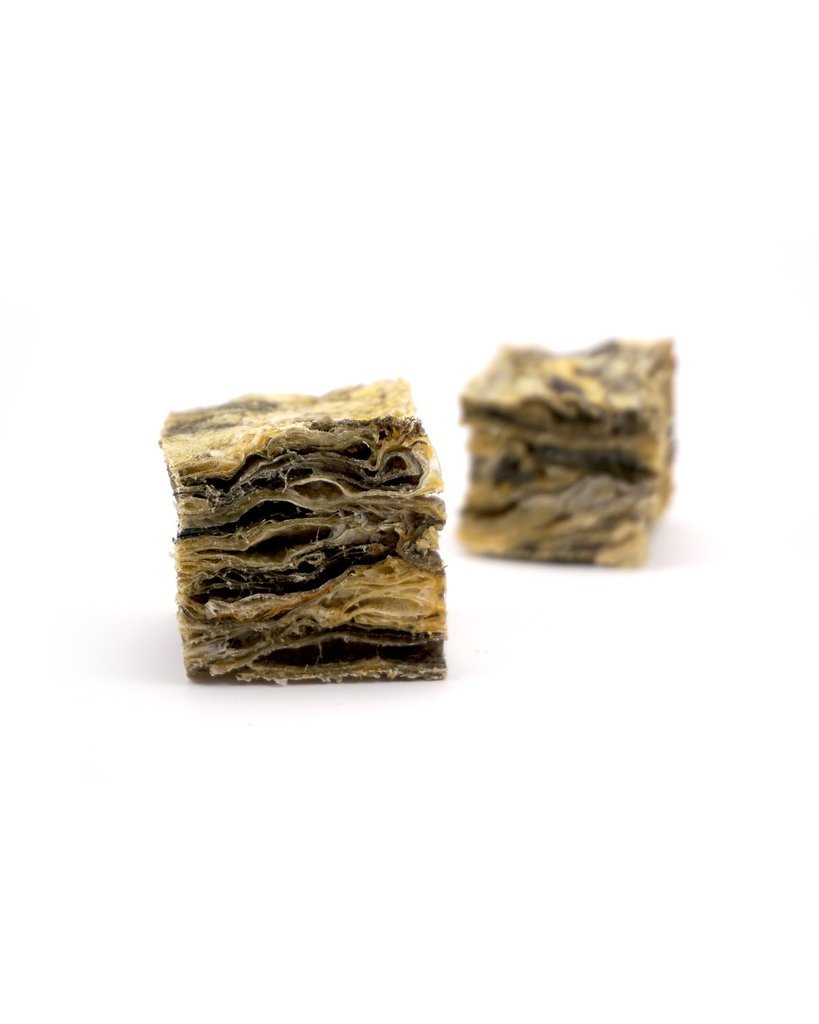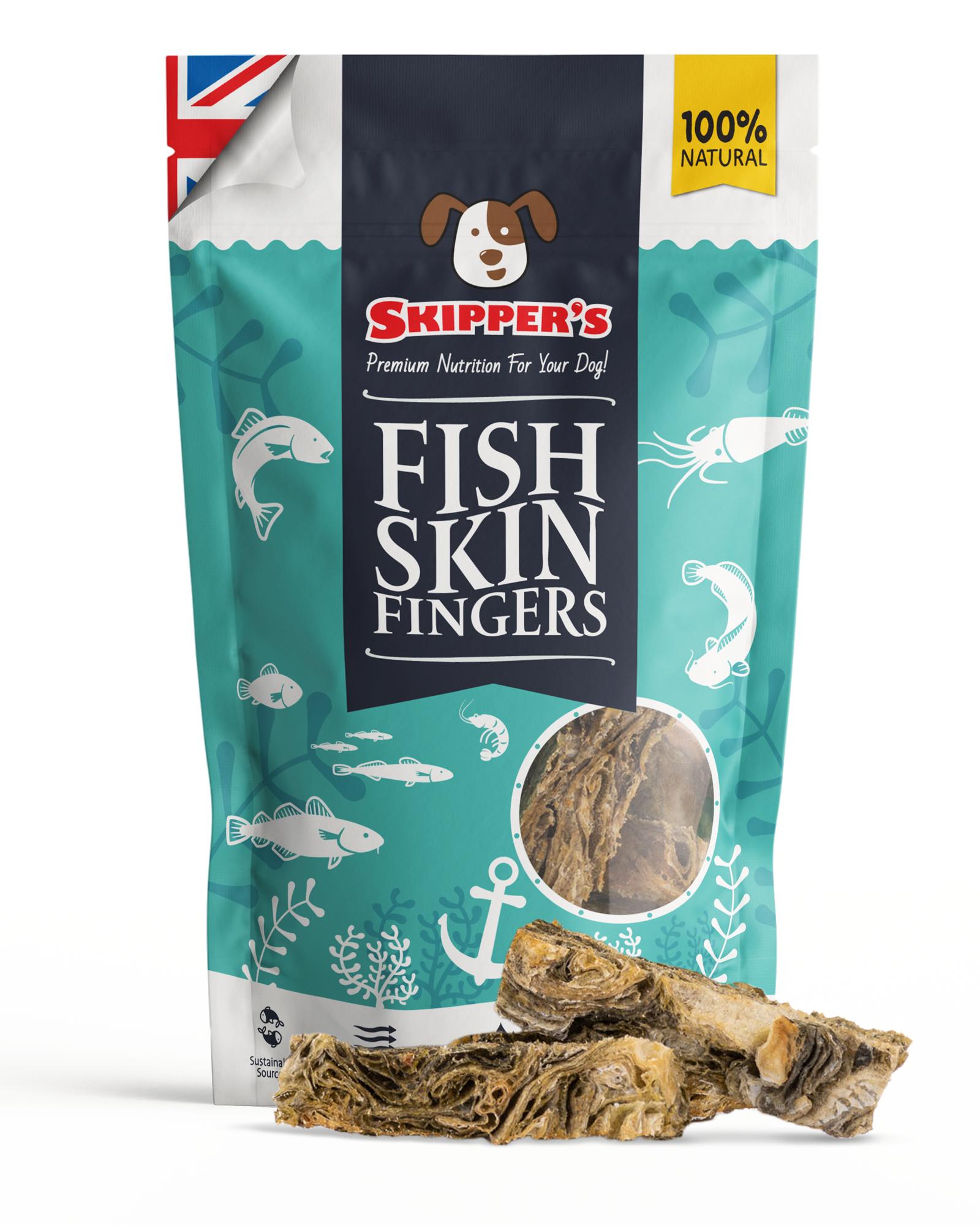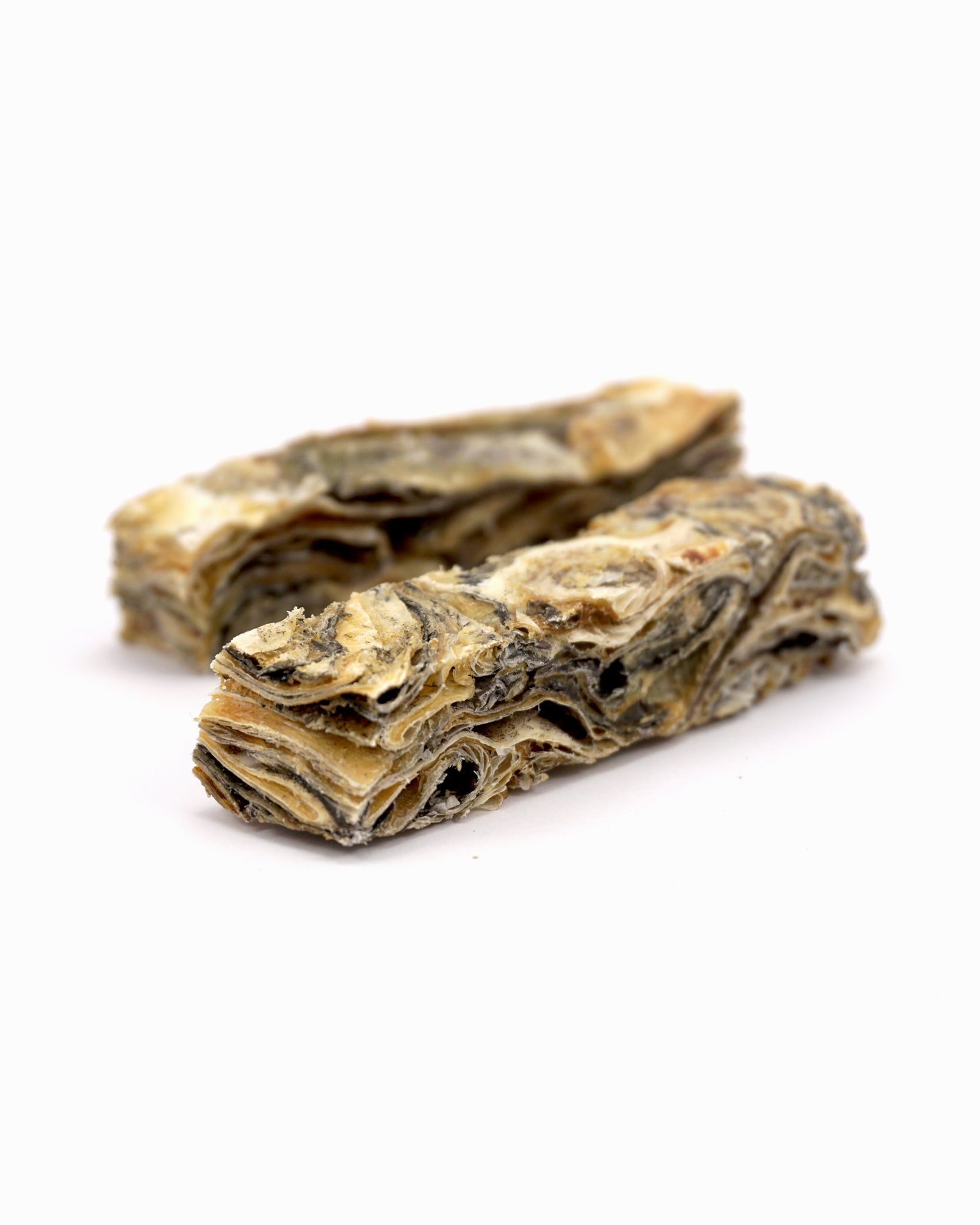Plants Poisonous to Dogs | Toxic Plants in Your Garden

Discovering which plants are poisonous to dogs is crucial for every dog owner. Your garden, a place of beauty and relaxation, may unknowingly harbour dangers for your furry friend who loves to explore and play outdoors. Educating yourself about these toxic plants can help keep your dog safe and healthy, preventing accidental ingestion that could lead to serious health issues. Whether your dog is eating grass, digging holes in the garden or chewing on garden plants, knowing the risks is essential.
List of plants poisonous to dogs
Understanding which plants pose a threat to your dog's health is the first step in prevention. Here is a list of plants in the UK that are toxic to dogs:
-
Aconite (Monkshood)
-
Amaryllis
-
Autumn Crocus (Colchicum autumnale)
-
Azalea
-
Bluebell
-
Buttercup
-
Castor Bean (Ricinus communis)
-
Chrysanthemum
-
Cyclamen
-
Daffodil (Narcissus)
-
Daphne
-
Deadly Nightshade (Atropa belladonna)
-
Delphinium
-
Dieffenbachia (Dumb Cane)
-
Elderberry
-
English Ivy (Hedera helix)
-
Foxglove (Digitalis)
-
Hemlock
-
Holly (Ilex)
-
Horse Chestnut (Conker tree)
-
Hyacinth
-
Hydrangea
-
Iris
-
Laburnum
-
Lily of the Valley (Convallaria majalis)
-
Lupin
-
Mistletoe
-
Nicotiana (Tobacco plant)
-
Oak
-
Oleander
-
Philodendron
-
Privet
-
Rhododendron
-
Rhubarb leaves
-
Sweet Pea (Lathyrus)
-
Tulip
-
Wisteria
-
Yew (Taxus)
Why are some plants poisonous to dogs?
Plants produce toxins as a natural defence mechanism against herbivores. These toxins can be harmful to dogs when ingested. Common toxic compounds found in plants include alkaloids, glycosides, saponins, and oxalates. These chemicals, whilst beneficial for the plant's protection, pose significant risks to dogs if consumed. Understanding the presence of these harmful substances in certain plants is crucial for keeping your dog safe and healthy in your garden or home environment.
Signs of plant poisoning in dogs
It is crucial that you are able to recognise not only which plants are poisonous to dogs but also the signs of plant poisoning in dogs. Being able to identify these signs allows for early intervention and treatment. Symptoms may vary depending on the type and amount of plant ingested. Look out for:
-
Gastrointestinal signs: Vomiting, diarrhoea, drooling, and loss of appetite.
-
Oral signs: Pawing at the mouth, excessive salivation, and oral irritation.
-
Neurological signs: Tremors, seizures, weakness, and lack of coordination.
-
Cardiac signs: Irregular heartbeat, weak pulse, and collapse.
-
Respiratory signs: Difficulty breathing and coughing.
-
Dermal signs: Skin irritation, rash, and redness or swelling of the skin.
-
Renal signs: Increased thirst, decreased urine production, and changes in colour.
-
Hepatic signs: Jaundice (yellowing of gums and eyes), abdominal pain, and vomiting/diarrhoea with blood.
What should I do if I think my dog has plant poisoning?
If you think your dog has ingested a toxic plant, it is important to monitor your dog for the next 24 hours. If any of the signs become present, it is crucial to take these steps:
Identify the plant
Try to identify the plant your dog may have consumed. Taking a sample or a clear photo of the plant can be very helpful for your veterinarian to determine the toxicity and appropriate treatment. Look around the area where your dog was playing or exploring to find any chewed leaves, flowers, or stems.
Contact your veterinarian
Call your vet immediately for guidance if you notice signs of plant poisoning, such as vomiting, drooling, lethargy, or unusual behaviour. Be prepared to provide as many details as possible, including the type of plant ingested, the symptoms you’ve observed, and your dog’s weight and breed. This information will help your vet assess the situation more accurately and provide specific advice on the next steps.
Monitor symptoms
Observe your dog closely for any changes in behaviour or symptoms of poisoning. Note down when the symptoms started and how they progressed over time. Keep a detailed log of your dog's condition, including any new symptoms that arise. This information can be crucial for your veterinarian to make an accurate diagnosis and develop an effective treatment plan.
Do not delay treatment
Follow your vet's instructions carefully and promptly. They may recommend inducing vomiting to expel the toxic plant material from your dog's stomach or administering activated charcoal to absorb the toxins. In some cases, your vet might advise bringing your dog in for emergency care. Quick action can be critical in reducing the severity of the poisoning and improving your dog's chances of a full recovery.
Prevent future incidents
To protect your dog from future plant poisoning incidents, remove any known toxic plants from your garden and home. Replace them with dog-friendly alternatives that are safe for pets. Additionally, create barriers or use fencing to keep your dog away from areas with potentially harmful plants. Educate yourself about common toxic plants in your region and regularly inspect your garden to ensure it remains a safe environment for your furry friend.
10 common garden plants that are poisonous to dogs
Lily of the Valley (Convallaria majalis)
This beautiful but highly toxic plant affects a dog's heart, causing symptoms like vomiting, diarrhoea, and potentially fatal heart problems.
Yew (Taxus baccata)
Every part of the yew tree, including its berries, contains toxins that can lead to sudden death in dogs due to cardiac arrest.
Laburnum (Laburnum anagyroides)
This tree's seeds and pods contain toxic alkaloids, which can cause symptoms such as vomiting, lethargy, and seizures in dogs.
Foxglove (Digitalis purpurea)
Known for its tall spikes of bell-shaped flowers, foxglove contains cardiac glycosides that can disrupt heart rhythm, leading to vomiting, diarrhoea, confusion, and potentially fatal heart disturbances.
Rhododendron and Azalea (Rhododendron spp.)
These popular ornamental shrubs contain toxins that can affect a dog's gastrointestinal tract, causing vomiting, drooling, diarrhoea, and more severe symptoms.
Castor Bean (Ricinus communis)
The seeds of this plant contain ricin, a potent toxin that can cause severe abdominal pain, vomiting, diarrhoea, and potentially fatal organ damage.
Autumn Crocus (Colchicum autumnale)
Contains colchicine, which can lead to severe gastrointestinal upset, organ failure, and bone marrow suppression in dogs.
Oleander (Nerium oleander)
All parts of the oleander plant are toxic, contain cardiac glycosides that affect the heart and can cause vomiting, diarrhoea, seizures, and potentially fatal heart rhythm disturbances.
Daffodil (Narcissus spp.)
The bulbs of the daffodils are particularly dangerous. This is because the bulbs contain toxic alkaloids that can result in symptoms such as vomiting, drooling, abdominal pain, and potentially severe heart and respiratory issues.
Lords-and-Ladies (Arum maculatum)
Contains calcium oxalate crystals that cause intense burning and irritation of the mouth, leading to symptoms like drooling, vomiting, and difficulty swallowing.
Dog-friendly plants

-
Sunflowers (Helianthus annuus)
-
Zinnias (Zinnia spp.)
-
Alyssum (Lobularia maritima)
-
Marigolds (Tagetes spp.)
-
Snapdragons (Antirrhinum majus)
-
Petunias (Petunia spp.)
-
Roses (Rosa spp.)
-
Hibiscus (Hibiscus spp.)
-
Lavender (Lavandula spp.)
-
Basil (Ocimum basilicum)
-
Thyme (Thymus spp.)
-
Sage (Salvia officinalis)
-
Oregano (Origanum vulgare)
-
Mint (Mentha spp.)
-
Fennel (Foeniculum vulgare)
These plants are safe for your dogs and add beauty and fragrance to your garden. Create your very own dog-friendly garden using any one of these plants.



